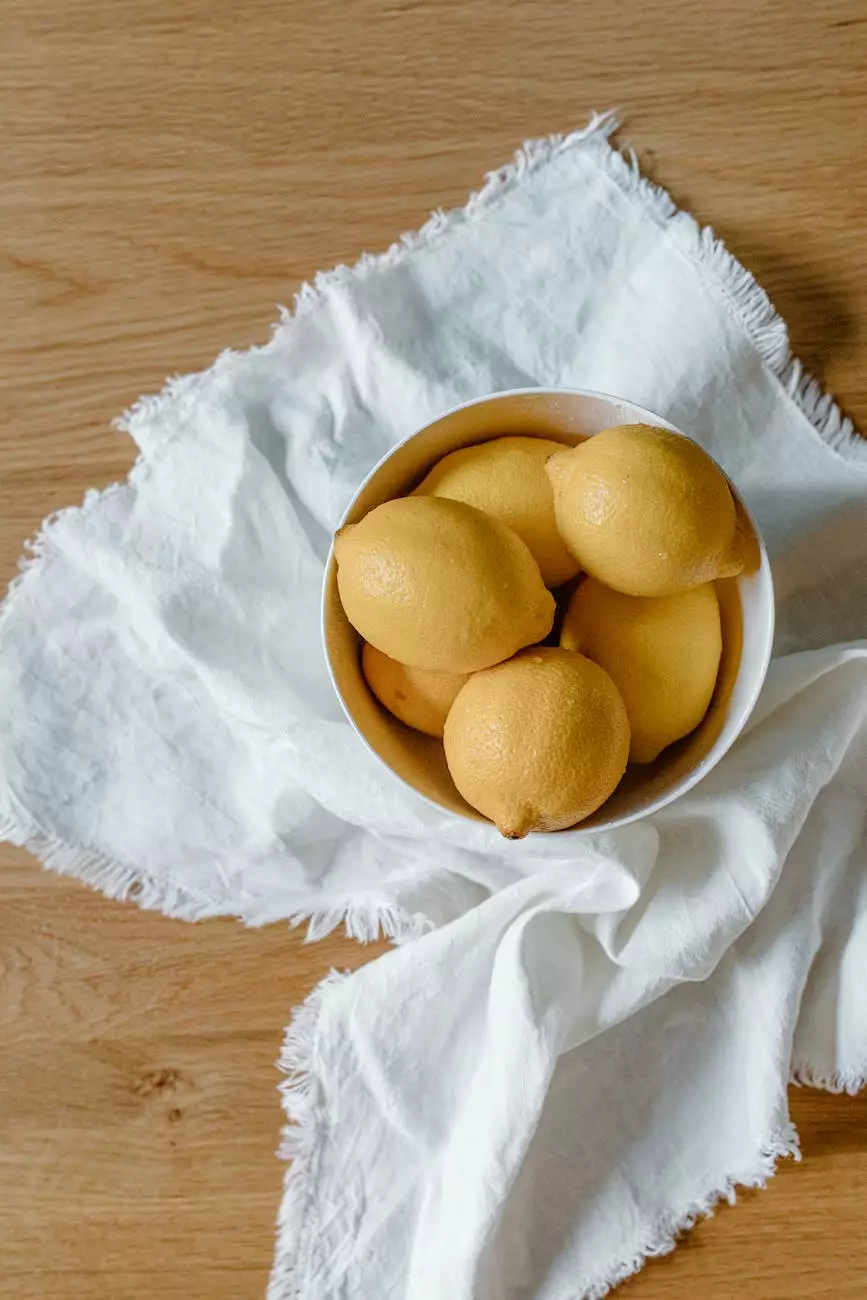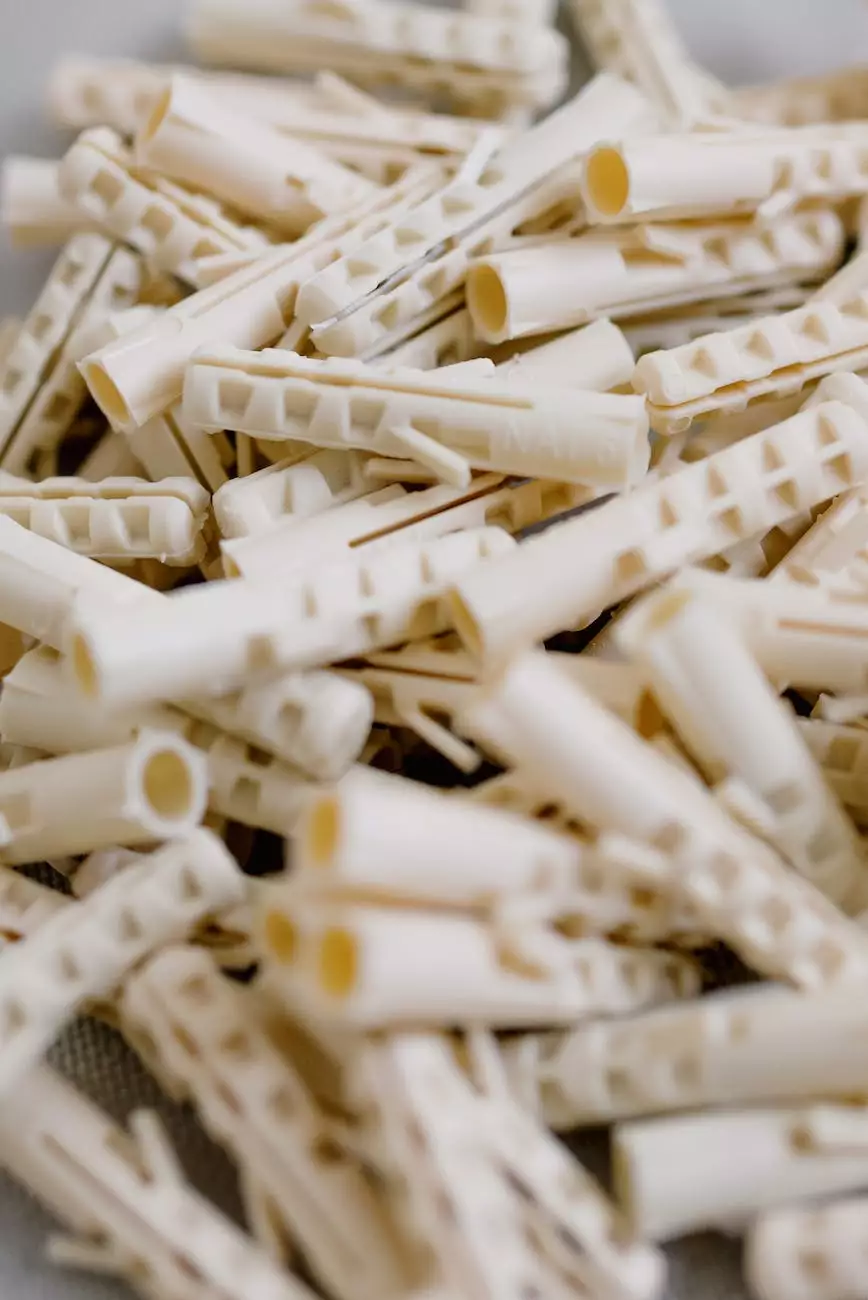How To Smooth Your 3D Prints In 6 Simple Steps
Blog
Introduction
Welcome to Plastic Molding Pros, your trusted source for expert tips and techniques in smooth 3D prints. In this comprehensive guide, we will dive into the six simple steps that will help you achieve high-quality finishes on your 3D prints. Whether you are a hobbyist or a professional, these techniques will enable you to take your prints to the next level.
Step 1: Prepare your print
Before you start smoothing your 3D print, it is essential to ensure that the print is well-prepared. Begin by removing any support structures or rafts and clean any debris with a soft brush or compressed air. This step lays the foundation for a successful smoothing process.
Step 2: Sanding
The next step is to prepare the surface for a smooth finish. Start by using coarse sandpaper with a low grit value, such as 80 or 120, to remove any visible layer lines or imperfections. Gradually move to finer grits, such as 220 and 400, to achieve a smoother surface. Remember to sand in a consistent direction to avoid visible scratches, and don't forget to wear protective gloves and a mask for safety.
Step 3: Filling
Now that your print's surface is smooth, it's time to fill any remaining gaps or cavities. Use a high-quality filler, such as epoxy putty or auto body filler, to fill in any imperfections. Smooth the filler carefully, ensuring it blends well with the surrounding surface. Allow the filler to dry completely before moving on to the next step.
Step 4: Priming
Priming your print is essential for achieving a flawless finish. Apply a thin coat of primer designed for 3D prints, ensuring even coverage. The primer helps to create a uniform surface, allowing the subsequent layers of paint or coating to adhere better. Let the primer dry thoroughly before proceeding.
Step 5: Painting or Coating
Now comes the fun part - adding color and texture to your print. Depending on your desired outcome, choose an appropriate paint or coating. For a smooth and glossy finish, consider using acrylic paints or spray paints specifically formulated for 3D prints. Apply thin layers, allowing each layer to dry before adding the next. Alternatively, explore different coatings, such as polyurethane, to achieve unique textures.
Step 6: Finishing touches
For a professional and polished look, don't forget the finishing touches. Consider adding a clear coat to protect the paint or coating and enhance its durability. Additionally, you may want to experiment with buffing compounds or polishing pastes to achieve a glossy finish. Take your time, and make sure to buff or polish the print gently to avoid any damage.
Conclusion
Congratulations! You have successfully learned how to smooth your 3D prints in six simple steps. Plastic Molding Pros is proud to provide you with these expert techniques and tips to help you achieve high-quality finishes. Remember to experiment with different materials and methods to find what works best for your specific prints. With patience and practice, you'll be able to create stunning 3D prints that will leave a lasting impression.
Get in touch with Plastic Molding Pros
If you have any questions or need assistance, we're here to help. Contact Plastic Molding Pros, the leading experts in eCommerce & Shopping - Manufacture for all your 3D printing needs. Unlock the full potential of your prints with our advanced techniques and industry knowledge. Let's bring your creations to life!




